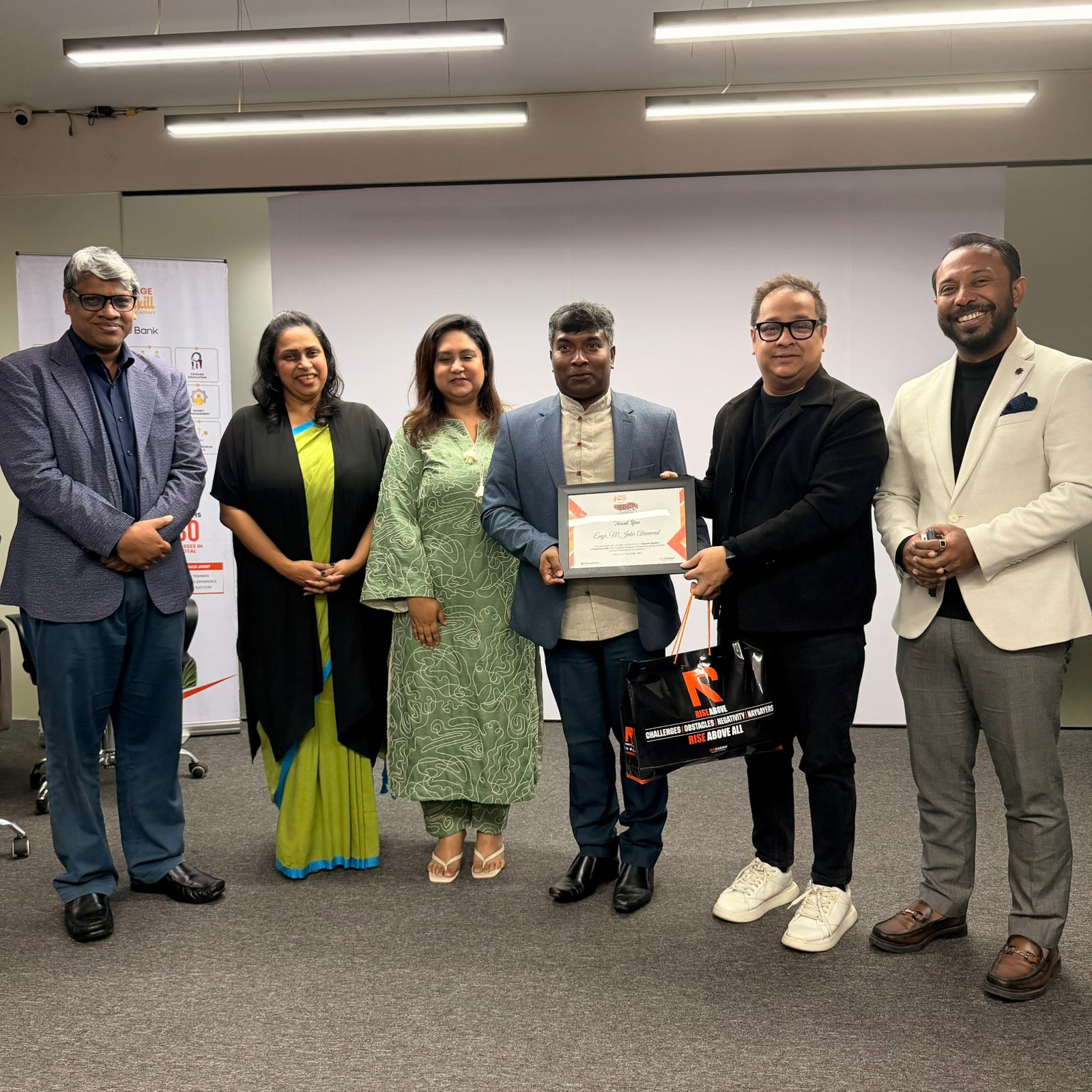The Resilience Meter
When you look at the standards of life in Bangladesh, $1 can provide two meals to a person every day. This estimate would mean that the nation could provide 2 meals for the 120,000,000 people living under poverty for 107 days with the money we have lost in 40 years of combating climate change.
The ground zero nation has lost $12,000,000,000 in battling disasters since its independence. And this investment will significantly increase as Bangladesh becomes more susceptible to the effects of climate change. A quarter of the population lives on the coastal belt and the time to support such a large demographic is now. In the next 40 years, the rising sea level will lead to 18 million people migrating inland; this will create population density, ultimately increasing poverty and quality of life.
The Degrees of Improvement
Bangladesh can require a multi-level plan in order to combat these effects; solutions that cater to from variant rural areas, and the dense urban areas with poor infrastructure. These responses include:
- Starting with the ground up, the resilient architecture provides individual communities with initiative and better comprehend their ability to combat it. Elevated infrastructures with drinking water provisions and sanitation create a safe space for the community during cyclone and monsoons that raise the water level.
- Drinking water can become scarce due to high levels of salinity; these level have increased by more than 25% in the last 30 years. Maintaining filtration systems in individual communities with immediate drinking water when it would not be available.
- Alternative forms of energy are the most holistic solution for power in the ever-increasing demand of the nation. The average solar radiation intensity ranges from 1500W/m2/day to 2750W/m2/day in Bangladesh especially in Chittagong, and Cox’s Bazar regions throughout the year when in use for 10 hour days. Such large amounts of energy harnessing potentials are especially useful in hard-to-reach areas where the portability of solar panels.
- Creating eco-friendly methods of farming and cattle rearing. Climate change takes away 1% of agricultural land every year. When space becomes limited sustainable solutions and long-term planning of vegetation becomes the key. Pond dykes, allow farmers to breed fish and grow crops simultaneously. Moreover, climate resilient crops provide sustenance despite weather conditions.
A Nation Creating a Storm
Despite being the punching bag for Mother Nature, Bangladesh will not go down without a fight. The nation formulated the Bangladesh Climate Change Strategy and Action Plan (BCCSAP) in 2009. The finance minister has allocated nearly $100 million per year since this plan to fund actions according to the BCCSAP; a tenth of this is given to civil-society groups for community-based adaptation practices while the rest allocated to ministries and government sectors towards implementing projects under the strategy.
The strategy is based on six fundamentals:
- Food security, social protection, and health- these are the basic necessities that must be addressed immediately. This point particularly focuses on the most vulnerable which are the poorest, women and children.
- Comprehensive disaster management- it focuses on strengthening the government’s current disaster management systems while addressing the increasing number of natural disasters occurring annually.
- Infrastructure- these are ensuring that provisions such as river embankments are well-maintained and fit to combat the changing effects of climate change.
- Research and knowledge management- using scientific methods to predict the scale and timing of natural disasters as well as the economic impact on the nation and people. Furthermore, it evaluates future finance strategies and is networking with global entities to facilitate best practices.
- Mitigation and low carbon development- to adapt to lower carbon emission methods in a growing nation, addressing the growing need for energy.
- Capacity building and institutional strengthening- strategies to meet the challenges of climate change and mainstream it into the development actions of both the public and the private sector.
With more than 80% of the country exposed to floods, droughts, and earthquakes, the time for Bangladesh to fight against the wave of climate change is a precursor for an advancing nation.
Source: Water Aid, World Bank, Bangladesh Climate Change Strategy and Action Plan















